You wouldn’t be mistaken in thinking I have an ever lengthening list of “essential” condiments, pantry staples, and spices, and certainly za’atar, the iconic spice mix used in Palestine, Israel, across the Middle East and beyond, is an indispensable
Food Find near or even at the top of this lineup. Aromatic, herbaceous, tangy, toasty, and salty, za’atar is a cherished herb and spice mixture that has been used for centuries and perhaps even millenia.
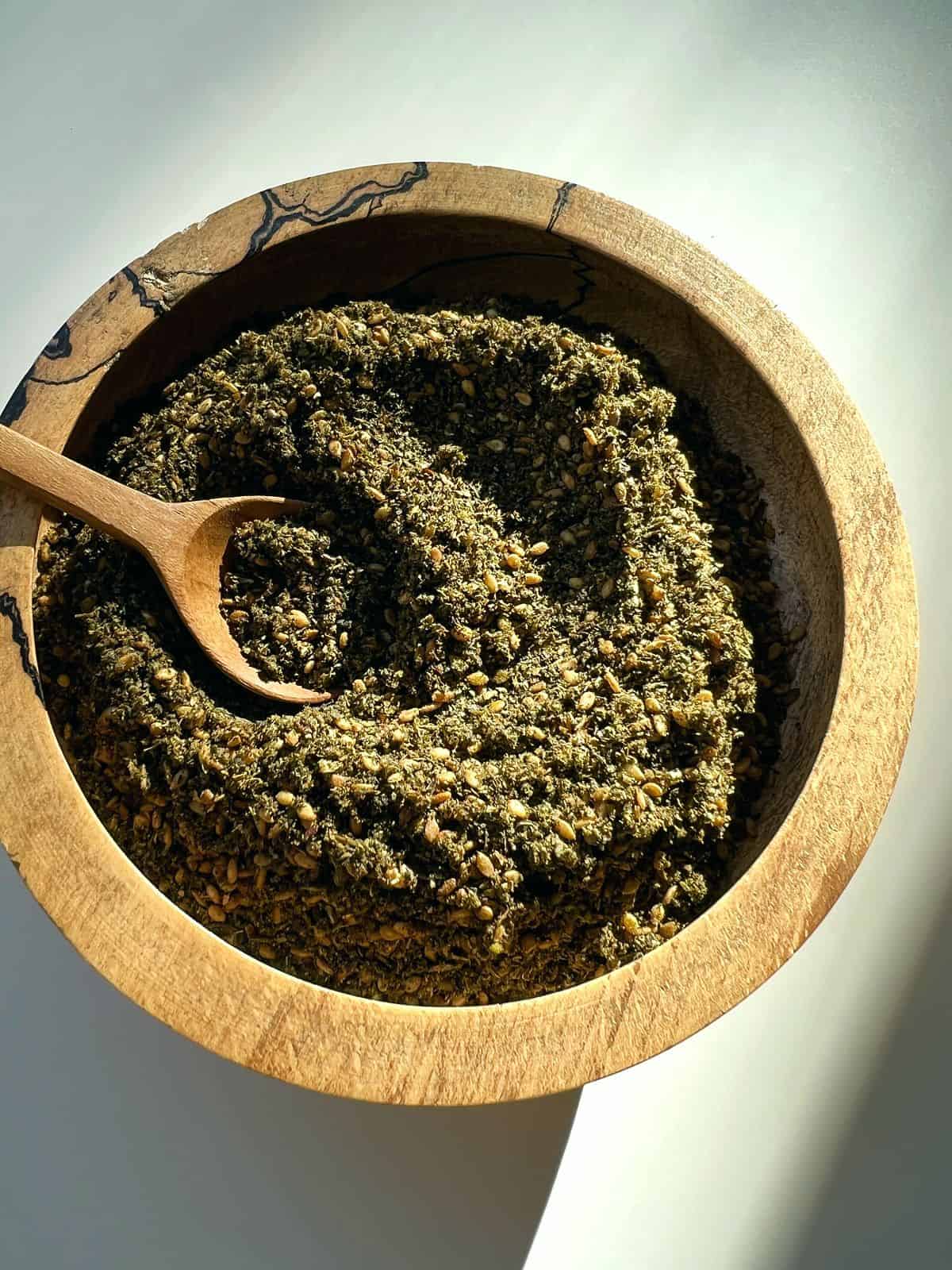
Za'atar, like labneh, is a term that has multiple meanings - it is the name of a wild herb from the Middle East, the name of a group of wild herbs that share similar properties, and also the name of an eponymous mixture that can be made with those herbs. References to za’atar or similar herbs can be found in ancient Egyptian, ancient Greek, and Jewish biblical lore, and it is well documented in Arabic cuisines since at least the Middle Ages as the fundamental seasoning combination we now know and love.
For everyday culinary uses, za’atar is a staple dried herb mix used liberally in many different dishes and preparations. Common blends of za'atar contain the namesake herb(s) and/or dried oregano, thyme, marjoram, sumac, toasted sesame seeds, and salt, while other varieties can contain savory, cumin, coriander, fennel, caraway, and other seasonings. Various regional specific blends can be found, such as Lebanese red za’atar featuring sumac berries, that give the mixture a distinct brick red hue, alongside an untold number of distinct family and community based recipes.
What makes za’atar so special is its ability to blend multiple, complex flavours into an uplifting and harmonious combination that improves anything it touches; dried green herbs add fragrant grassy flavours, sumac add delicious sour tang, toasted sesame seeds add earthy, toasty nuttiness, and salt elevates all the other flavours, making anything za’atar graces practically sparkle on the tongue.
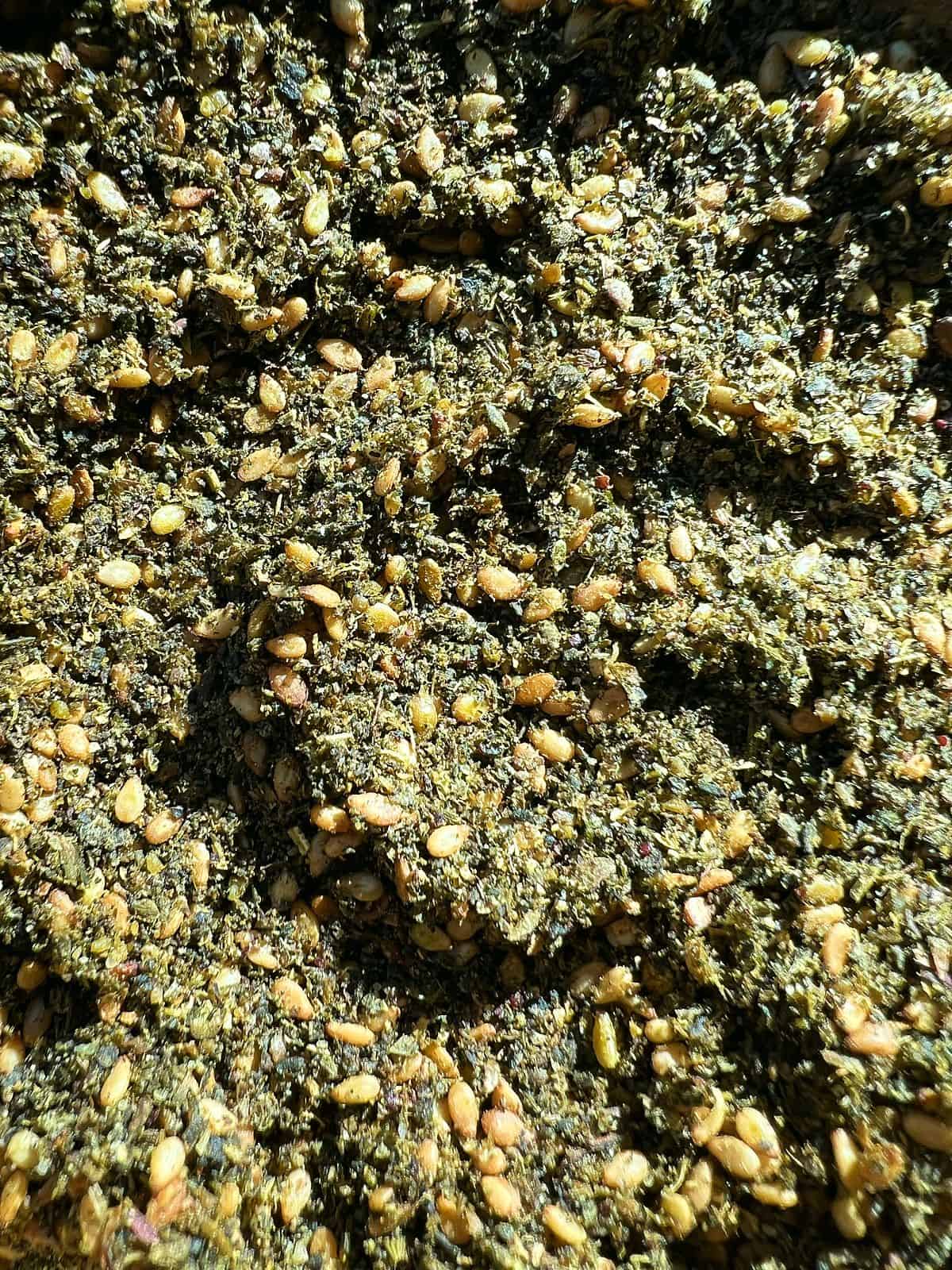
Where to find Za’atar
Za’atar enjoys such widespread popularity that it can even be found in mainstream North American supermarkets these days, and can certainly be found in stores that specialize in foodstuffs from across the Middle East, at specialist spice merchants, or at various online sources.
I have found that za’atar most often comes in fairly large bags (for a quite reasonable price if purchased from a Middle Eastern merchant); don’t be put off by thinking that this generous amount will languish in the back of your pantry, as you will certainly find yourself using za’atar over and over again. I make sure to empty my just purchased packet into a large glass jar with an airtight lid to keep it fresh, and I always store it in the front of my cupboard, I use it that often.
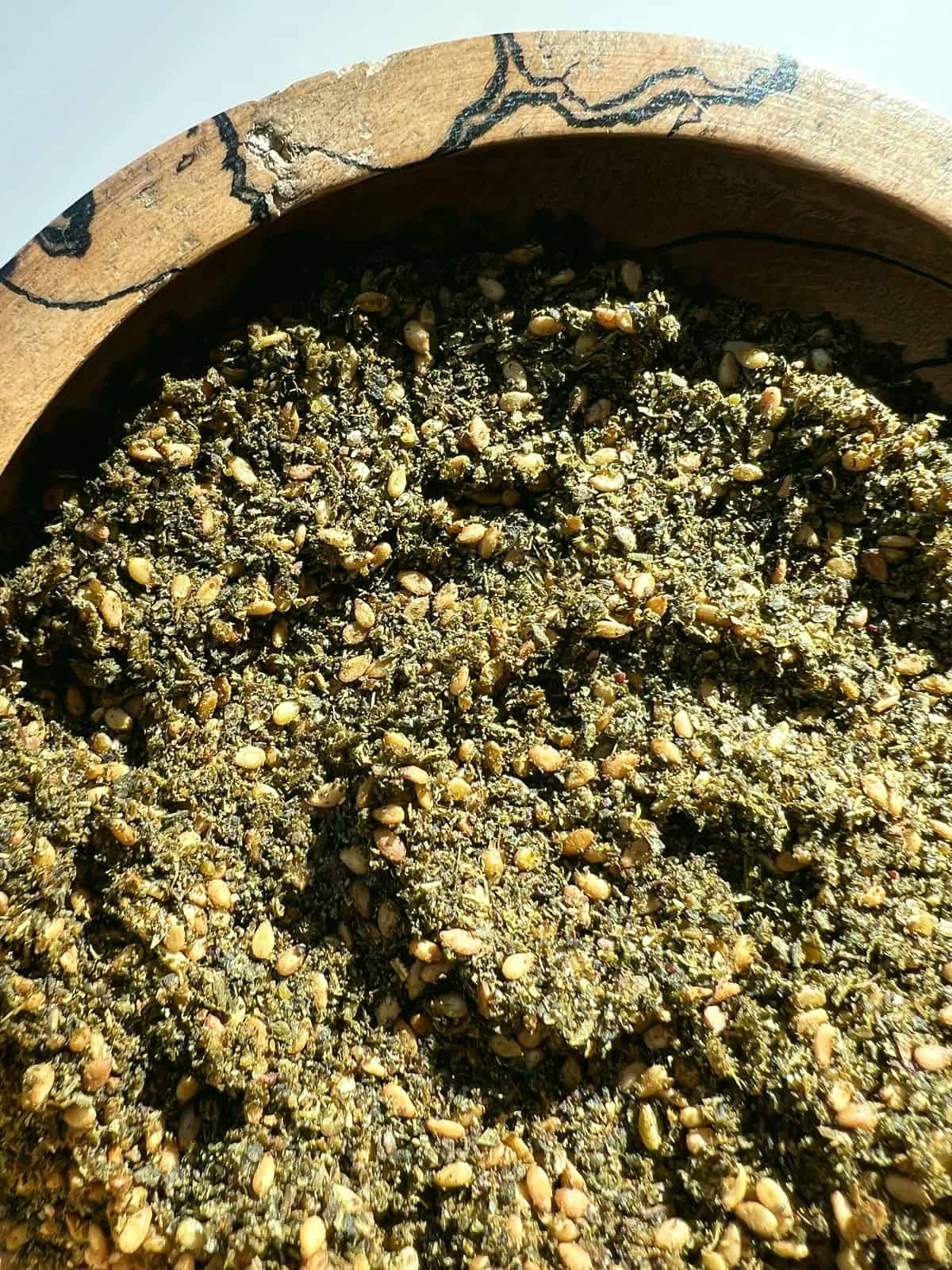
Ways to use Za’atar
Za’atar is one of those culinary genius ingredients that turns simple combinations of food into ‘dishes.’ It wouldn’t be an exaggeration to say I use za'atar at least every second day, and my litre sized glass jar gets refilled multiple times a year (most recently with a delectable housemade mixture sold by this outstanding Levantine restaurant in Ottawa).
While many recipes call for za’atar, its other superpower is that, as a hybrid condiment/garnish, it can be used in numerous dishes without a recipe as an essential finishing ingredient; rather it more than finishes a dish, it makes the dish! Za’atar is beautifully combined with other earthy, tangy and salty flavours, and is opportunely paired with olive oil or tahini amongst many other combinations.
I couldn’t possibly list all the ways you can easily use za’atar, but here are some of my favourites to try:
- Make 3 ingredient Simple Herbed Labneh, featuring creamy labneh, fragrant za'atar, lemon juice, and optional minced garlic
- Toasted or grilled pita served with olive oil and sprinkled with za’atar, or served with a bowl of za’atar to dip into; an appetizer in its own right, or a righteous accompaniment to any soup,stew or dip
- That tub of hummus, labneh, or greek yogurt in the fridge? Spread your dip of choice out onto a plate, drizzle with olive oil, and liberally scatter za’atar on top for a restaurant worthy meze or snack
- Toasted bread slathered with any kind of dairy spread or plain dip, liberally garnished with za’atar (we call this “fancy toast” at my house)
- Sprinkle za’atar and olive oil onto a simple plate of sliced tomatoes and cucumbers
- Toss za'atar with cauliflower, garlic, and olive oil and roast until tender and caramelized
- Liberally sprinkle za'atar onto Simple Pan Fried Halloumi
- Sprinkle za’atar onto oven roasted zucchini, alongside a squeeze of fresh lemon juice and a glug of olive oil
- Toss za’atar with roasted vegetables, quinoa, and fresh green herbs
- Mix za’atar into a basic vinaigrette of lemon juice, olive oil, black pepper, and salt as needed
- Sprinkle za’atar onto a plate of cubed feta and black olives, topped with olive oil, fresh mint and some lemon zest.
- Za’atar pairs well with dairy and cheese - try adding it to anything that contains ricotta, goat cheese, feta, or even creamy cheddar or havarti, such as a crostini or vegetarian sandwich
- Sprinkle za’atar on top of fried eggs, egg salad, or on top of a chickpea or bean salad
- Add za’atar to any basic grain you’re using as a side dish, such a rice or quinoa, for an uplifting flavour boost
- Liberally use tahini and za'atar to dress roasted or steamed veggies, salad greens, or any grain
I could go on! Needless to say, once you start using za’atar, you will certainly find an increasing number of ways to savour its joyously fragrant and taste enlivening qualities.
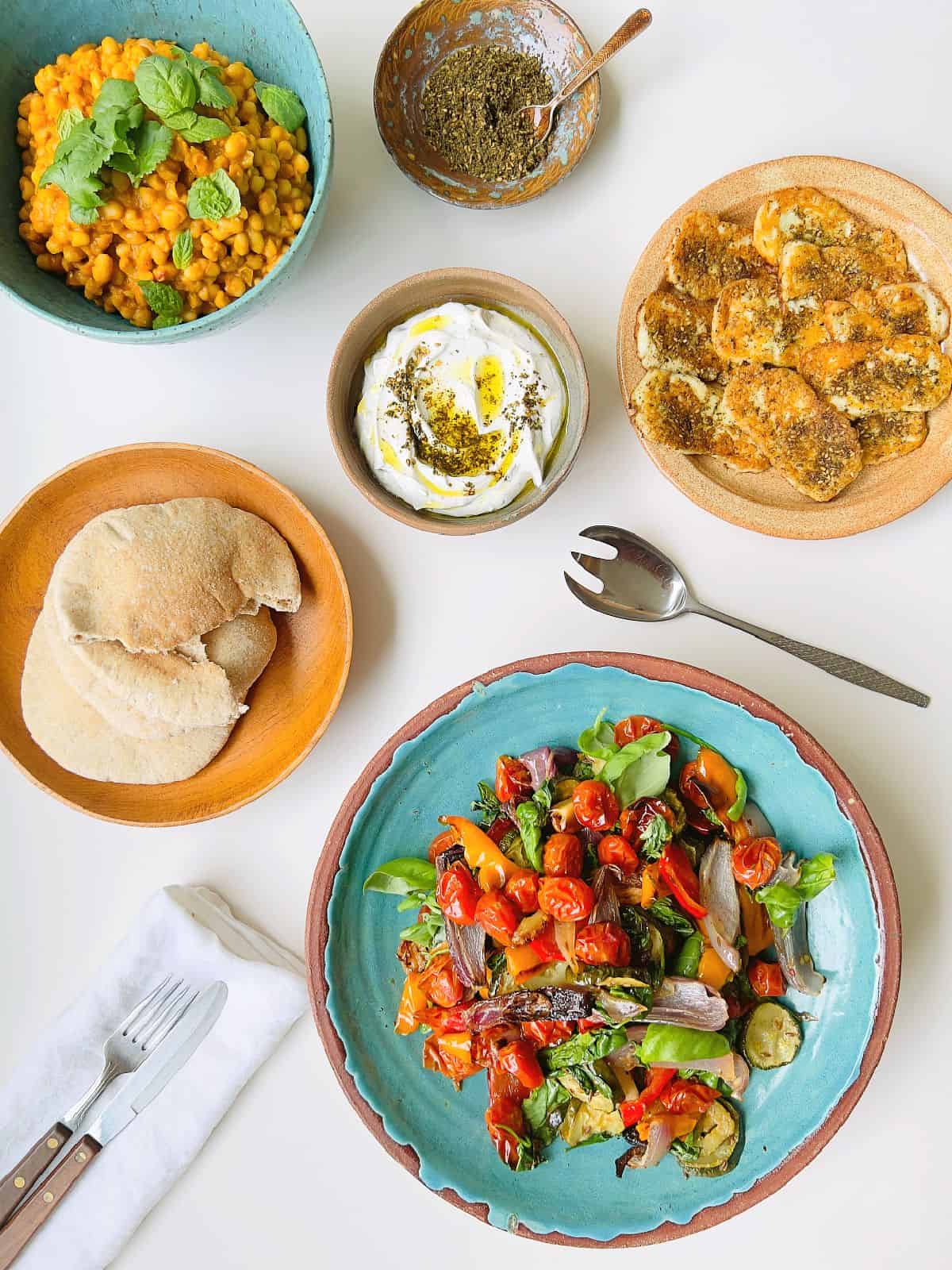


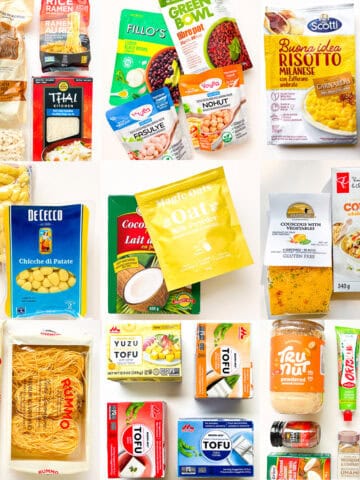
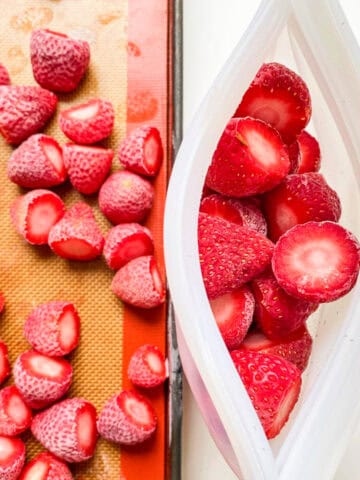

Leave a Reply